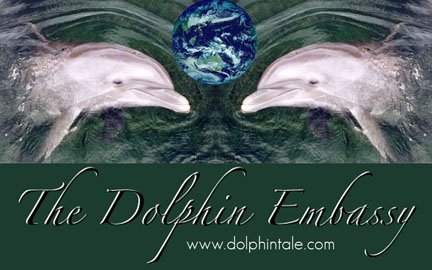For this reason, I have welcomed the sometimes intense scrutiny that is brought to bear when assessing academic work. Not many areas of human endeavour comes under such careful examination, each word required to justify its presence, each idea invoked required to be fully explicated, used with exacting accuracy, and with all arguments against it taken into consideration. It is challenging to be required to be entirely up to date on the status of intellectual work. One must first gain a broad understanding of the genesis of ideas, and then track the varying issues and arguments it brings up, analysing as you go, to come to a personal understanding, and position.
In producing my dissertation I calculate that I read well over one thousand academic papers. My library of references, built over a year of study, contains approximately 730 titles, and does not include those I read that were not relevant. My dissertation includes 14 pages of references, in both the body of the paper and in one extensive appendix.
To have had the support from my wonderful partner, Amanda, and the excellent encouragement and mentoring of my academic advisor, Dr. Jen Carter, and the rest of the faculty at the University of the Sunshine Coast, has been a real delight, one I aim to honour by carrying on the project of study originally proposed.
I am happy to report that I have been awarded a bachelors degree, BSocSc (Hon) in the field of Animal Geography. It is an Honours Degree First Class. I have been offered a candidature in the PhD research program, and several scholarships. The coming year will see the beginning stages of an extensive research project into the representations of, and varied understandings of, Dolphin-Assisted Therapy, as my PhD research project.
My dissertation, "The Dolphin-Human Connection: Embassy or Zoo-without-walls?", will be made available to read online soon. Altho it is meant for an academic audience, there are parts of it that should make interesting reading to the more general public.

